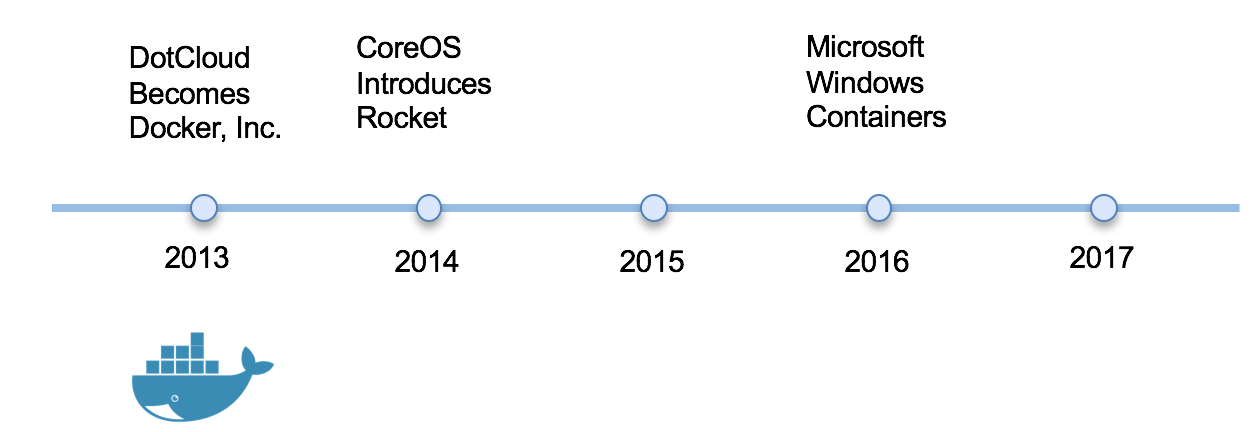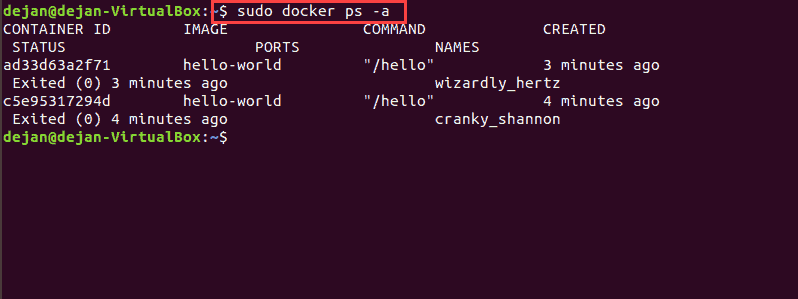

The result? A 51.7 MB image in my Docker repository in Artifact Registry. Gcloud builds submit -pack image=gcr.io/seroter-project-base/go-restapi My data model (struct) has four properties. And it’s an ideal language for serverless environments given its small footprint, blazing speed, and easy concurrency.įor the REST API, which basically just returns a pair of “employee” records, I used the Echo web framework and Go 1.18. Go has an elegant simplicity to it that I really enjoy. I’m almost exclusively coding in Go right now as I try to become more competent with it. Let’s go language-by-language and review the app, generate the container image, deploy to Cloud Run, and measure the container startup latency.

But this should give us a decent sense of how each language performs. It’s entirely possible, frankly likely, that you could tune these apps much more than I did. For this example, I chose to use C#, Go, Java (Spring Boot), and JavaScript (Node.js).

Since Cloud Run accepts most any container, you have almost limitless choices in programming language. Based on these two things, I got curious and decided to build the same REST API in four different programming languages to see how big the generated container image was, and how fast the containers started up in Cloud Run. That seems like a helpful tool to figure out what needs to be optimized. Regarding the cold start topic, we just shipped a new cloud metric, “container startup latency” to measure the time it takes for a serverless instance to fire up. Using our continuous integration service or any number of compute services directly, you never have to write a Dockerfile again, unless you want to. Google Cloud has embraced Cloud Buildpacks as a way to generate a container image from source code. Sounds good, but what if you don’t want to mess with containers as you build and deploy software? Or are concerned about the “cold start” penalty of a denser workload? Could be a little Go app, full-blown Spring Boot REST API, or a Redis database.
#Docker container startup time code#
These products-the terrific Google Cloud Run is the most complete example and has a generous free tier-let you deploy more full-fledged “apps” versus the glue code that works best in FaaS. There are constraints around what you can do with FaaS, which is why I also like this new crop of container-based serverless compute services. Your image command is not wrong and will work once you get the details right.Do you like using function-as-a-service (FaaS) platforms to quickly build scalable systems? Me too. Is there an output now?ĭoes the application write to files by any chance? You can navigate there inside the bash and take a look.īetter yet, once you found out what’s going wrong you can try it there and then, so you’re sure that Try to run the command your container is supposed to be running in the bash. Now, you have an interactive bash environment, and can look around without getting kicked out. The –entrypoint parameter makes the container execute /bin/bash, which gets “-s” as CMD, overwriting anything Make sure to replace the $IMAGE_NAME with your image ID or the name of the Here’s an example command: $ docker run -it -entrypoint /bin/bash $IMAGE_NAME -s Instead of changing the Dockerfile, commenting out lines and rebuilding, you can override both the CMD and ENTRYPOINT commands. Your image is probably configured to directly run your app of choice inside of the container. We want to take our time, run commands and look around. We want to run a container which does not stop and go away. (You could use sh here, but that’s a bit uncomfortable at times). The best way to debug a solo crashing container is to get interactive.
#Docker container startup time apk#
RUN apk add -no-cache bash coreutils grep sed You can add something like the following line to your Dockerfile for now: # If you are using Alpine: Or another equally useless number.įirst, you’ll have the best experience if bash is available in your image. Of a stopped container with $ docker ps -aĪnd finding the most recent one in the output.ĭepending on the exit code, you might have something useful to work with. Try to run your container without the -d flag, or check the exit code If you haven’t checked it yet, this might be a first hint. If you’re working with docker-compose or Docker stack, check out this article first. Without starting over, or making big changes. The following workflow which will help you figure out why your container won’t start. How close are you to stripping the Dockerfile back to Alpine and starting over? Still, the exit code you keep seeing is 1. To your Dockerfile, disabling non-vital parts just to make it work. Find out Why Your Docker Container Keeps Crashing


 0 kommentar(er)
0 kommentar(er)
